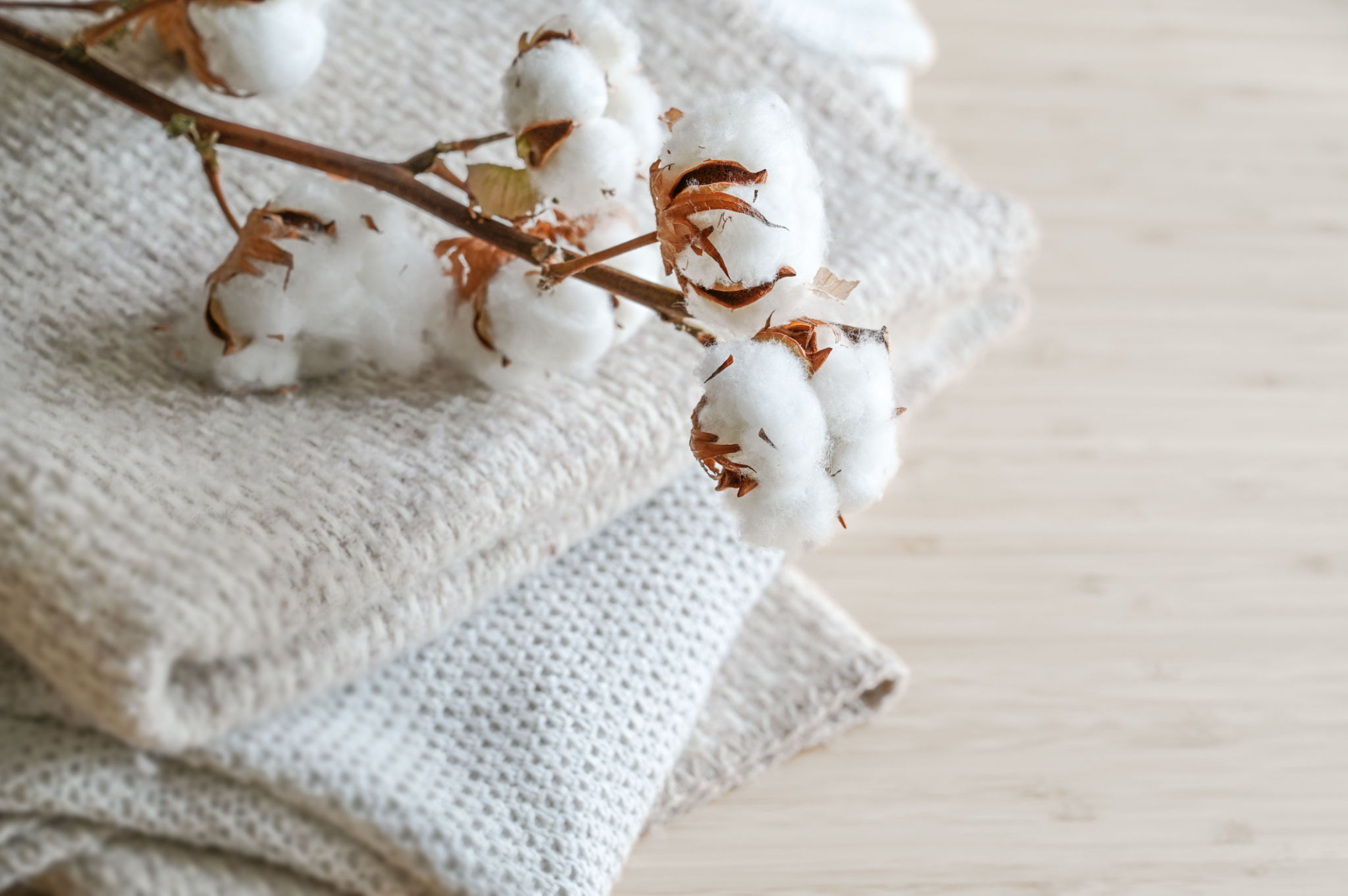A Comprehensive Guide to Sustainable Fabric Choices for Fashion Brands
Fa
Understanding Sustainable Fabrics
In the quest for sustainability, fashion brands are increasingly turning to eco-friendly materials. Choosing sustainable fabrics not only helps in reducing environmental impact but also appeals to a growing consumer base that values ethical fashion. Understanding the various options available is crucial for making informed decisions that benefit both the planet and your brand.

Natural Fibers
Natural fibers are derived from plants or animals and offer a biodegradable alternative to synthetic materials. Some of the most popular natural fibers used in sustainable fashion include:
- Cotton: Look for organic cotton, which is grown without harmful pesticides.
- Linen: Made from flax plants, linen requires less water and pesticides compared to other crops.
- Wool: A renewable resource that is biodegradable, provided it's sourced humanely.
Regenerative Fibers
Regenerative agriculture focuses on restoring soil health and biodiversity. Fabrics produced through regenerative practices not only reduce harm but actively improve ecosystems. Examples include hemp, which requires minimal water and enriches soil quality, and bamboo, which grows rapidly and needs no pesticides.

Recycled Materials
Recycling is an effective way to reduce waste in the fashion industry. Using recycled fibers can help minimize the demand for new resources. Common recycled materials include:
- Recycled Polyester: Made from post-consumer plastic bottles, reducing plastic waste in landfills.
- Recycled Cotton: Utilizes fabric scraps and old garments, conserving resources and energy.
Innovative Alternatives
The fashion industry is also seeing an influx of innovative materials designed to lessen environmental impact. For instance, Tencel, made from sustainably sourced wood pulp, is biodegradable and uses a closed-loop production process. Similarly, Pinatex, derived from pineapple leaves, offers a cruelty-free alternative to leather.

Certifications and Standards
When selecting sustainable fabrics, look for certifications that verify their eco-friendliness. Standards such as the Global Organic Textile Standard (GOTS) and OEKO-TEX ensure that materials meet specific environmental and social criteria. These certifications provide transparency and build trust with consumers.
The Role of Technology
Advancements in technology are paving the way for even more sustainable fabric innovations. From lab-grown leather alternatives to bioengineered silk, these technologies aim to minimize environmental footprint while maintaining quality and aesthetics. Embracing these innovations can set your brand apart as a leader in sustainable fashion.
Incorporating sustainable fabric choices into your brand not only supports environmental conservation but also aligns with consumer values. By understanding and leveraging these options, fashion brands can contribute to a more sustainable future while meeting the demands of conscientious consumers.

